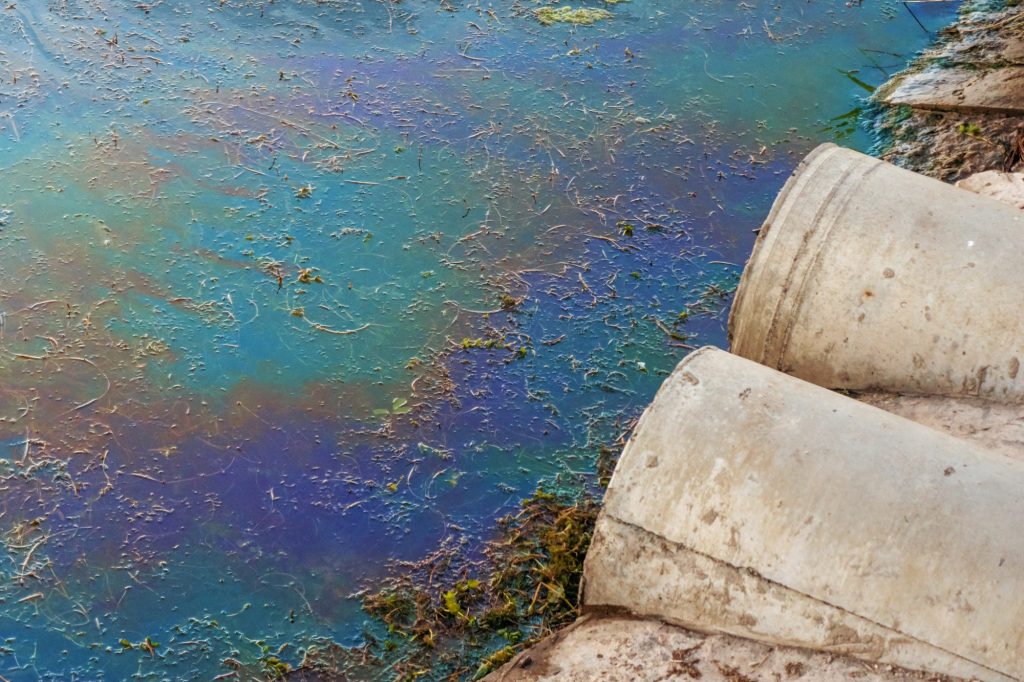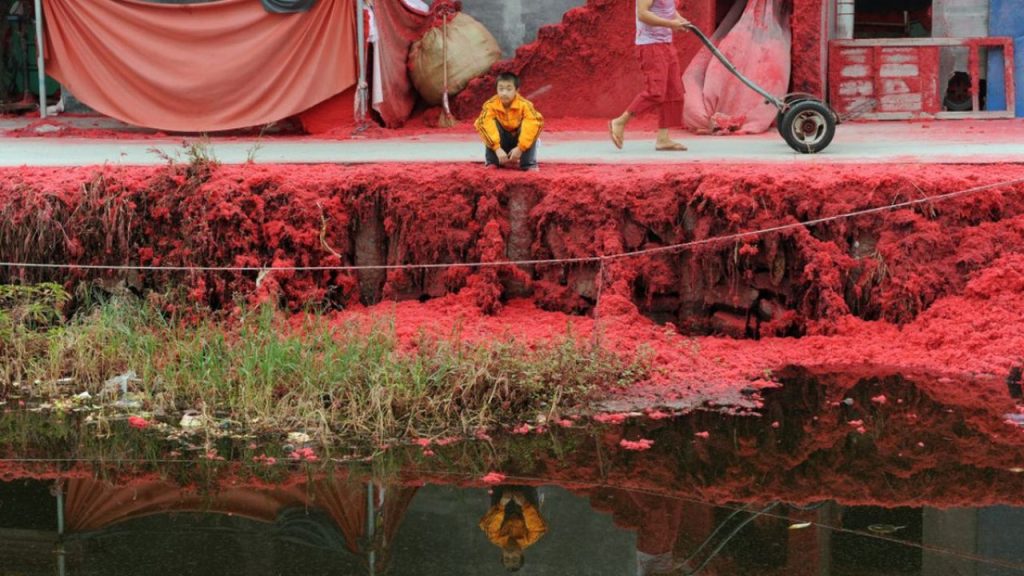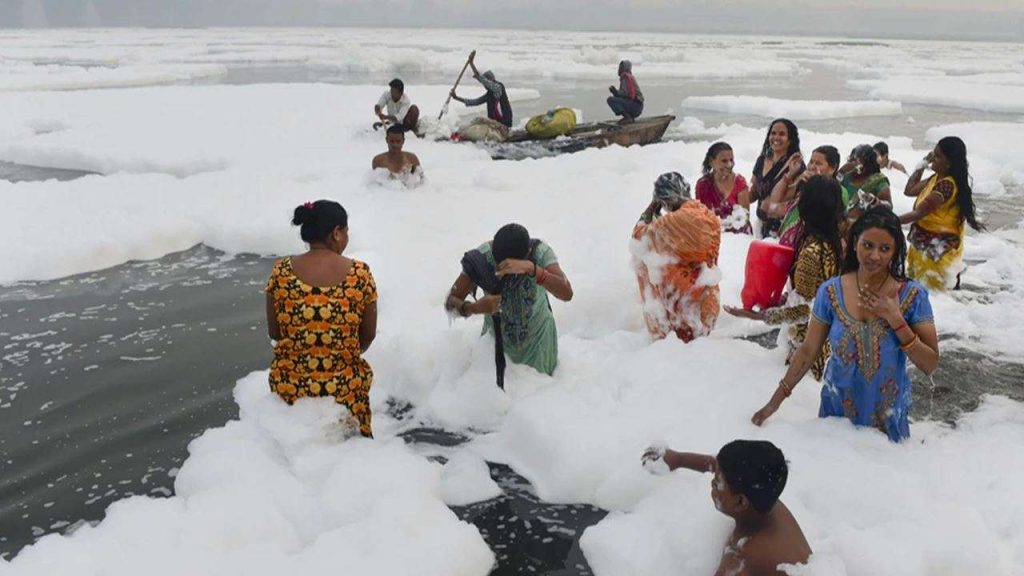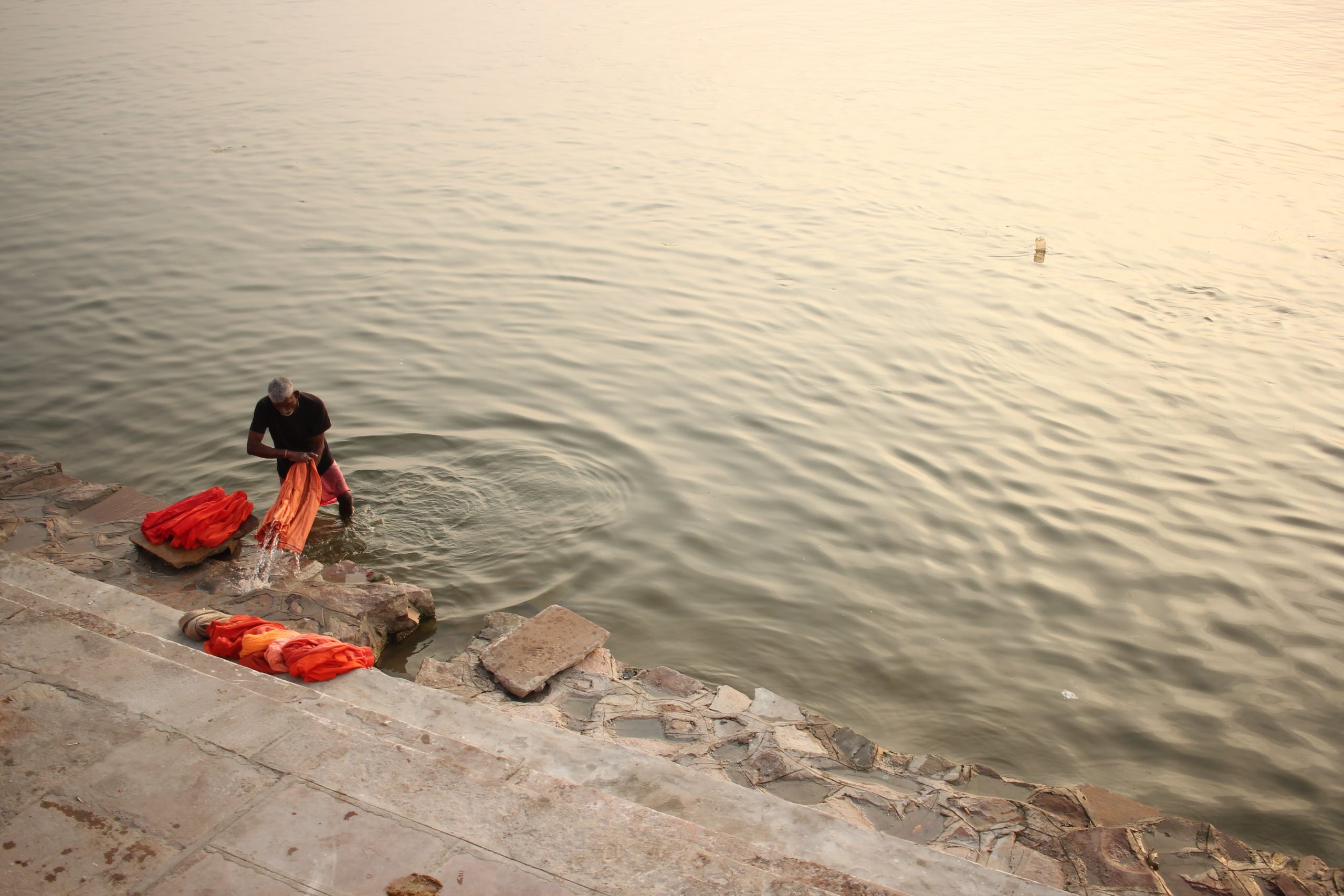Mother nature is so wise and kind. She has always given us absolutely everything we need to have a full life. We live in a world full of all resources and, as human beings, we also have the ability and wisdom to take advantage of them in the best way and even potentiate them. But unfortunately, not all of our decisions have been good and not all of our actions have been carried out; in the best way seeking the common good, both for human beings and for the planet in general. Water pollution is one of the great consequences of our wrong decisions.
Surely you have heard many times that the fashion industry is the second most polluting industry after oil. Also responsible for the contamination of 20% of water pollution worldwide. And it’s actually not bad to hear this phrase again. We probably have to listen to it as many times as necessary to do something about it. Being aware of the situation is no longer enough, action is what is needed.
Knowledge is power?
Knowledge is power only when it is used as the starting point for an action or series of actions to carry out changes in search of a common good. It is useless to know the information about this unfortunate situation; if we are not going to take it as a starting point to start carrying out actions that can create tangible and real solutions.
It is never good to generalize, that is why I will say that most of the people who inhabit the planet Earth buys or have bought clothes at least once in their life. As consumers, we only receive a final product without really knowing all the previous process for its creation. Therefore, this makes us unaware of the sad reality that happens so that we can enjoy a new shirt, coat, jeans, dress.
Water is one of the most important resources for human life and it also plays an extremely important role for the fashion industry. What is the water-mode relationship? The water is mainly used to wash and dye fabrics and garments. “The fashion & textiles industry is a major polluter of water at all stages of the value chain, from the agricultural runoff from cotton fields causing algal blooms that choke rivers, to the dying process releasing a cocktail of toxic chemicals and the washing of clothes releasing micro plastics “. – Forbes

Pollution ranking
As we mentioned before, water is one of the most important resources for life in general. There are two types of water; salty and sweet. On this occasion we can generalize by saying that there is no living being on earth that does not need water to live. Even we are made of 70% water. Isn’t that amazing? But unfortunately, this resource is becoming scarcer due to pollution. According to information available in IQAir (2020), in a ranking of 106 countries, India ranks third among the most polluted countries in the world after Pakistan and Bangladesh. Although two years have passed since this update, we could say that if things have continued in the same way and no actions have been taken to reduce pollution, the current results should definitely be even more worrying.
While the fashion industry has an economic value of more than 2 billion dollars and, of course these numbers are expected to increase more and more, the numbers and hard data regarding pollution will also increase if nothing is done to prevent it. And believe me, although it may not seem like it, reducing the data related to pollution is a thousand times more important than making an industry that is already a billion dollar grow more and more.
Water pollution in India
Let’s go back to India. According to the report “Indian Textile and Apparel Industry 2021” by Waszir Advisors, India is one of the main cotton producers, being responsible for the production of about 3/4 of the world’s cotton production. During the 2019-2020 period, a total of 9,279 million kilograms of fiber and 5,713 kilograms of yarn were produced during the same period. Similarly, India is one of the leading producers of garments. Oswal Gropu shares with us that, in Tirupur alone, there are around 1,500 production factories.
On the other hand, Indian Companies.in also shares interesting data with us; “The size of the Textile Industry in India stood at 150 billion US dollar as of 2017. Textile Industry in India is one of the largest in the world with a large raw material base and manufacturing strength. The mill sector, with 3400 textile mills having installed capacity of more than 50 million spindles and 842,000 rotors is the second largest in the world.
Textile industry contributes to 7% of industry output in value terms, 2% of India’s GDP and to 15% of the country’s export earnings. The Indian textile industry is the second largest exporter in the world after China.The share of textile and clothing in India’s total exports stands at 12.4% in 2018. India has a share of 5% of the global trade in textile and apparel. The major textile and apparel export destination for India is the European union and USA with 47% total textile and apparel export.It employs 4.5 crore people directly and another 6 crore people in allied sectors”.

What goes around comes around
India is one of the most populous countries in the world. Around 1,380,004,385 people live there. Similarly, it is a country with a large land area; 3,287 million km². This Asian country also has a significant number of rivers, among which the Ganges, Indus, Brahmaputra, Mahandi, Godovari, Krisná, Kaveri, Narmada and Tapti rivers are the main ones. Although it has a significant number of rivers, it is sad to know that 80% of the water in the entire country is polluted. If we go back to the numbers, we can realize that the reality of the situation is SERIOUS. Each of its inhabitants is suffering from an unimaginable water crisis, but let’s not forget that this may be directly or indirectly affecting you, too. It doesn’t matter where in the world you are reading this or how far you are from India.
Water pollution is an issue that should concern us all. Let us remember sooner or later that contaminated water will also reach all parts of the world. If it is not in a direct way, it will be through the food we consume. The fact that this resource is going through such a serious contamination crisis not only directly affects the inhabitants of India by limiting their access to drinking water for their personal consumption.
The water pollution crisis impacts everything
This problem also affects the agricultural, livestock, fishing and many other industries and sectors. Not because we can’t see what substances are in the water we drink or because we can’t see flesh and blood the current state of India’s water sources means it’s not real. Not because we are not there it means that it does not exist and, above all, not because we are not there means that at some point we will also be drinking from this toxic water. Unfortunately, for many people it is too late.
According to the World Health Organization (WHO), consuming contaminated water can also have serious repercussions on health and lead to terrible diseases such as: cholera, other diarrheas, dysentery, hepatitis A, typhoid fever and poliomyelitis. Here is a shocking and sad example of the reality that some people live: ‘Not a single family is healthy’: an Indian village sickened by contaminated water.

Then, what?
Let’s understand one thing, economic growth and, in this case, the growth of the fashion industry are important. Yes. But there is absolutely nothing more important than human well-being in every sense of the word. You don’t eat money and you don’t live on clothes and shoes either. The damage we are doing to the planet can never be compensated even with all the millions of dollars in the world. Never. Similarly, the fashion industry is not the villain itself. Actually, the fashion industry is not bad. What is wrong are the actions that are carried out, the decisions that are made, overproduction, unbridled consumption of people, bad practices, ignorance, sitting idly by, misinformation, etc. However, just as we have done great harm, we also have the capacity and tools to do great good.
The human being must be the guardian of planet Earth and everything that inhabits it. We are still in time to make changes that have a positive impact. Some of the options we have are: buy second-hand clothes, invest in better quality clothes and accessories, buy vintage clothes, go to bazaars or markets, find out about the current situation, support initiatives for the environment. On the other hand, one of the best ways to really do our part is to simply stop buying so much and take advantage of what we already have.
You might also like: 5 affordable ways for a more sustainable closet





